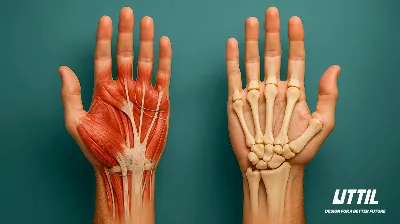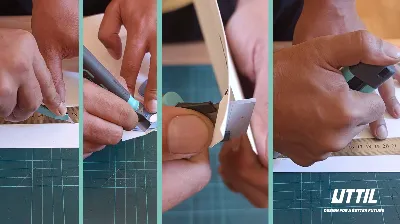Hand Tools and the Circular Economy: How Cutter Knives are Carving a Greener Path.
Within the vast landscape of hand tools, the cutter knife, or
utility knife, stands out as a shining example of adaptability. These tools
have proven indispensable across numerous industries, from construction to
crafts and even in our daily household tasks. As we delve into the cutter knife
segment of the hand tool industry, we must also examine its journey towards
sustainability and its role in the circular economy.
Historical Overview
Our affinity for sharp-edged tools can be traced back to
primitive knives crafted from stone, bone, and eventually metal. However, as we
recognise it today, the cutter knife began to take its modern shape in the
early 20th century. Initially seen as straightforward cutting instruments with
replaceable blades, these tools have continuously evolved to meet users'
changing needs and aspirations.
Trending Towards Green
Recent years have witnessed a significant shift in the cutter
knife domain, emphasising ergonomic, safety-driven designs. Still, the
industry's move towards sustainability and environmental consciousness is
equally commendable. Many manufacturers are pioneering using recycled and
eco-friendly materials in crafting knife handles and blades, reflecting a
commitment to reduce ecological footprints.
The push towards a circular economy within the hand tool
industry is not merely a buzzword; it's a transformative approach. By prioritising
the continual use of resources, the sector aims to minimise waste, emphasising
longevity and recyclability. In the cutter knife segment, this manifests as
tools designed for extended lifespans, blade recycling programs, and even
initiatives to repurpose old and worn-out tools.
Challenges and the Circular Path Forward
However, this path has challenges—the influx of cheap, often
non-sustainable tools challenges brands dedicated to quality and environmental
responsibility. Balancing competitive pricing with sustainable practices is a
tightrope many manufacturers tread.
Yet, the bigger picture remains optimistic. As industries
increasingly adopt tech-driven solutions, one might fear a declining demand for
traditional hand tools. However, the tangible nature of many tasks ensures that
cutter knives and other hand tools will remain relevant. Integrating these
tools into the circular economy ensures their production, use, and disposal
contribute positively to the planet.
In sum, the hand tool industry, particularly the cutter knife
segment, is evolving in design, function, and approach to sustainability.
UTTIL serves its customers in this industry by advocating circular
economy principles and taking essential steps towards a greener, more
sustainable future.








